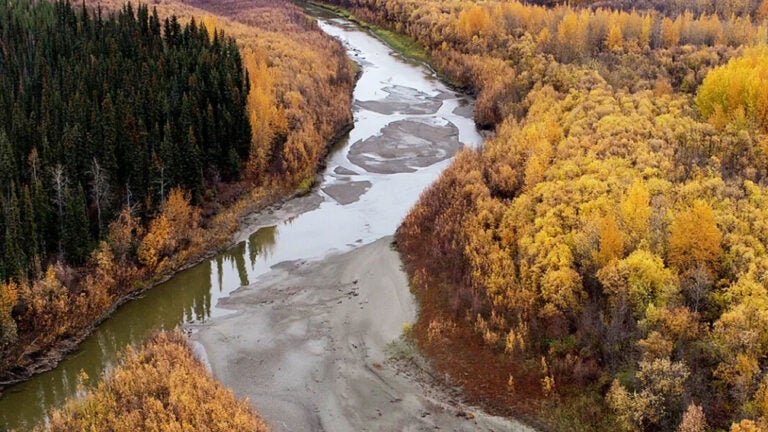
‘Mercury bomb’ threatens millions as Arctic temperatures rise
The Yukon River flows west across Alaska toward the Bering Sea, eroding Arctic permafrost along its banks and transporting sediment downstream. Within that sediment lurks a toxic stowaway: mercury.On a gold background, “Asgmt Earth” appears inside a black circle and “USC” inside a small, white circle that slightly overlaps the black circle.
As the Arctic warms with climate change, heating up to four times faster than the global average, mercury sequestered in the permafrost for millennia is being eroded by rivers and released into the environment.
In a study published today, researchers at the USC Dornsife College of Letters, Arts and Sciences introduce a more accurate method to measure the amount of mercury released from permafrost by the river and estimate the total mercury awaiting release.